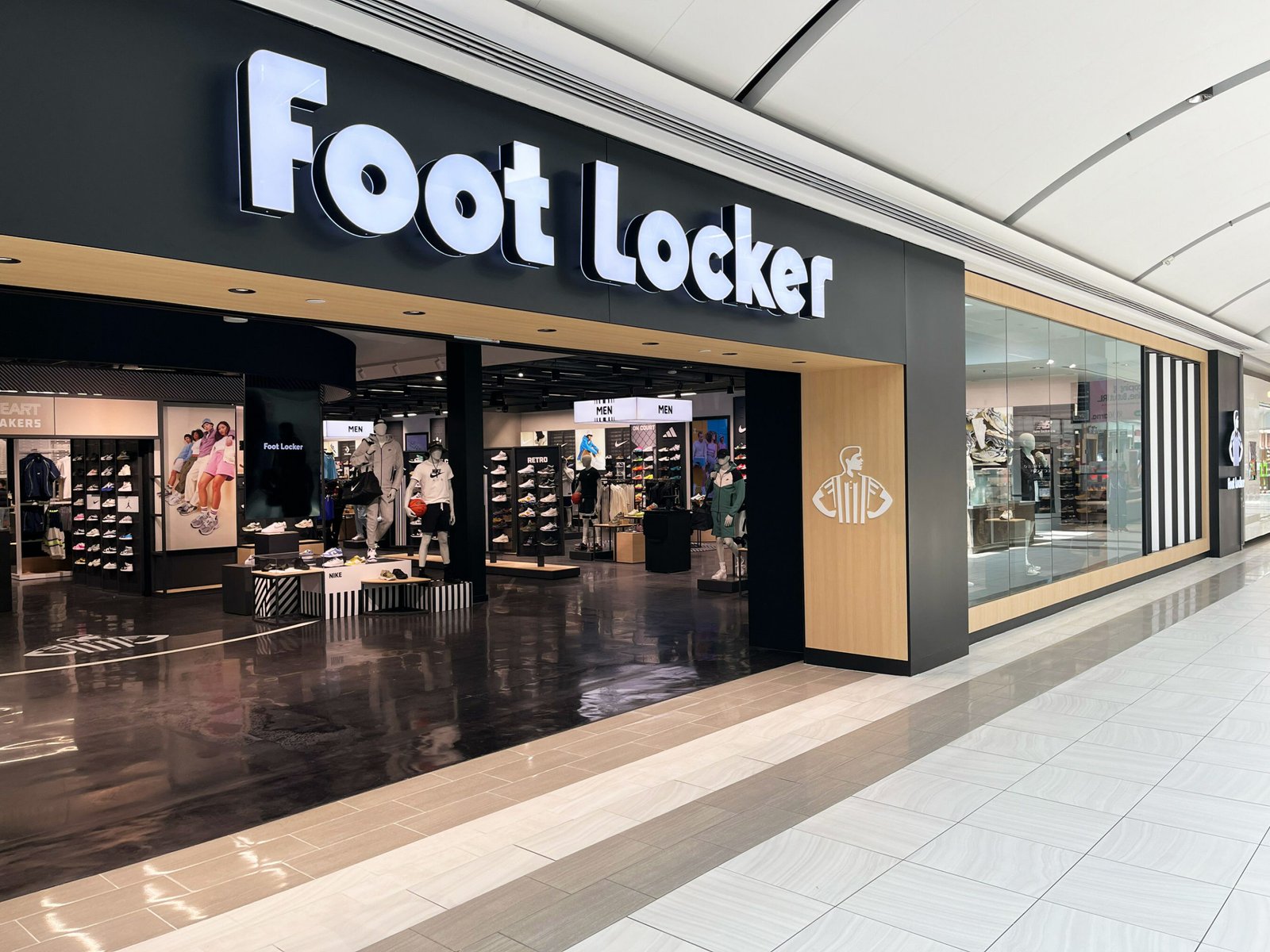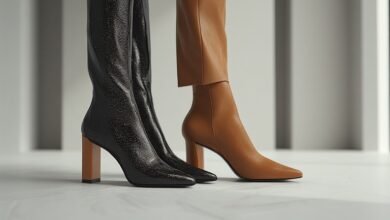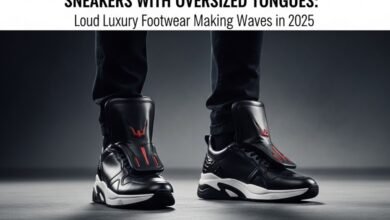The Rise of Foot Locker: A Journey Through Sneaker Culture
Foot Locker has established itself as a cornerstone of sneaker culture, a go-to destination for footwear enthusiasts, athletes, and casual shoppers alike. With a rich history and an ever-evolving brand identity, Foot Locker has not only catered to the needs of its customers but has also played a pivotal role in shaping the sneaker market. This blog explores the history, significance, and future of Foot Locker in the ever-changing landscape of retail and sneaker culture.
A Brief History
Founded in 1974 in New York City, Foot Locker was born from the need to provide a dedicated space for athletic footwear. Initially part of the Woolworth Corporation, the brand quickly distinguished itself by offering a wide range of sports shoes, focusing on popular brands like Nike, Adidas, and Reebok. As the sneaker craze began to take off in the late 20th century, Foot Locker became synonymous with style and performance, catering to a growing community of sneakerheads and athletes.
The company’s success can be attributed to its strategic positioning and marketing efforts. In the 1980s and 1990s, Foot Locker embraced the rising popularity of basketball culture, aligning itself with icons like Michael Jordan. The launch of the first Air Jordan in 1985 marked a turning point in sneaker culture, and Foot Locker capitalized on this trend, featuring these coveted shoes prominently in its stores.
The Sneaker Culture Phenomenon
As sneaker culture began to grow, so did Foot Locker’s influence. The store became a hub for sneaker enthusiasts who sought not only performance footwear but also stylish and exclusive designs. Collaborations with designers, athletes, and celebrities became a significant part of Foot Locker’s strategy. Limited-edition releases and exclusive drops fueled a frenzy among collectors and casual buyers alike, turning sneakers into status symbols.
The rise of hip-hop and streetwear further cemented Foot Locker’s position in the cultural zeitgeist. Artists and influencers began to sport sneakers as a fashion statement, and Foot Locker leveraged this trend by collaborating with urban brands and designers. Their marketing campaigns often featured popular figures from sports and entertainment, creating a strong emotional connection with their target audience.
The Digital Transformation
With the advent of e-commerce, Foot Locker faced new challenges and opportunities. The rise of online shopping changed the retail landscape, compelling Foot Locker to enhance its digital presence. The company invested heavily in its website and mobile app, providing a seamless shopping experience that included exclusive online releases and personalized recommendations.
Foot Locker’s digital transformation extended beyond just sales. They began leveraging social media platforms to engage with customers, showcase new releases, and highlight sneaker culture. Campaigns on Instagram, TikTok, and Twitter allowed Foot Locker to connect with younger audiences and foster a sense of community among sneaker enthusiasts.
Community Engagement and Inclusivity
In recent years, Foot Locker has focused on community engagement and inclusivity. Recognizing the diverse backgrounds and interests of its customer base, the brand has made efforts to promote representation in its marketing campaigns and product offerings. Initiatives like the “Foot Locker Foundation” aim to support underserved communities, providing scholarships and funding for youth programs.
Additionally, Foot Locker has been at the forefront of promoting sustainability within the sneaker industry. Collaborating with eco-friendly brands and emphasizing responsible manufacturing practices, Foot Locker is paving the way for a more sustainable future in retail.
The Future of Foot Locker
As the sneaker industry continues to evolve, Foot Locker faces both challenges and opportunities. The rise of direct-to-consumer brands has disrupted traditional retail models, compelling Foot Locker to adapt and innovate. In response, the company has embraced a multi-channel approach, blending online and offline shopping experiences.
The resurgence of vintage and retro styles has also impacted Foot Locker’s inventory strategy. With consumers increasingly interested in nostalgia, Foot Locker has capitalized on this trend by offering classic models and re-releases of iconic sneakers. This not only attracts longtime sneaker enthusiasts but also introduces new customers to the brand’s legacy.
Furthermore, the growing emphasis on technology in retail presents opportunities for Foot Locker to enhance customer experiences. From augmented reality fitting rooms to AI-driven inventory management, technological advancements can streamline operations and improve customer satisfaction.
Conclusion
Foot Locker has undoubtedly left an indelible mark on sneaker culture and retail. Its evolution from a single store in New York City to a global brand reflects the dynamic nature of both the sneaker market and consumer preferences. As Foot Locker navigates the future, its commitment to community engagement, sustainability, and innovation will be crucial in maintaining its relevance in an ever-changing landscape.
The story of Foot Locker is more than just about selling sneakers; it’s about the culture, the community, and the connections forged through a shared passion for footwear. Whether you’re a die-hard sneakerhead or just looking for a comfortable pair of shoes, Foot Locker remains a vital destination for anyone looking to step up their sneaker game. With its rich history and forward-thinking approach, Foot Locker is poised to continue shaping the sneaker industry for years to come.




